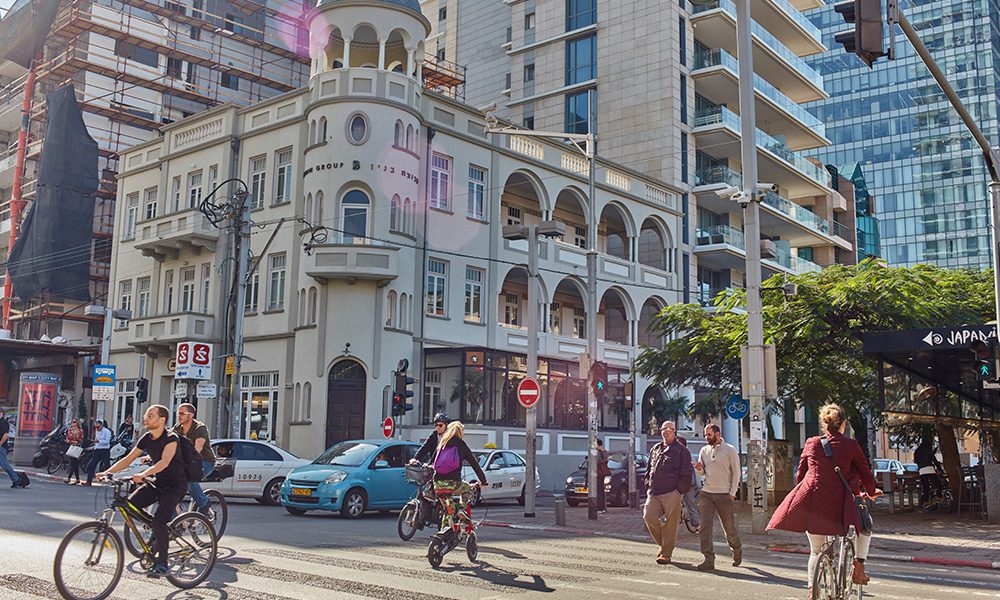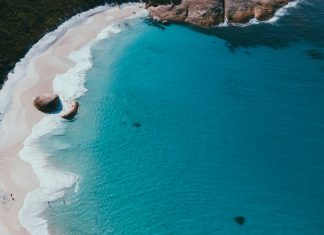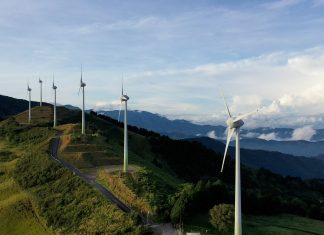1. No army for over 70 years

December 1st, 1948 marked the day when President José Figueres Ferrer abolished the armed forces in Costa Rica after the end of the Civil War that year. In a ceremony at Cuartel Bellavista, Figueres broke a wall with a hammer, symbolising the end of the military spirit in Costa Rica.
The end of the army was incorporated into the constitution in 1949, prohibiting military presence in the country. Costa Rica, however, maintains police forces that ensure internal security, with very limited military functions. Recognised for its peaceful nature, Costa Rica hosts the headquarters of the United Nations University for Peace.
The budget for the army was then allocated to security, education, and culture. One of the reasons why this country is one of the key members of the Wellbeing Alliance.
Only a few countries in the world do not have armed forces. The Costa Ricans are therefore proud to be a friendly and democratic nation.
2. The streets have no names and no addresses.
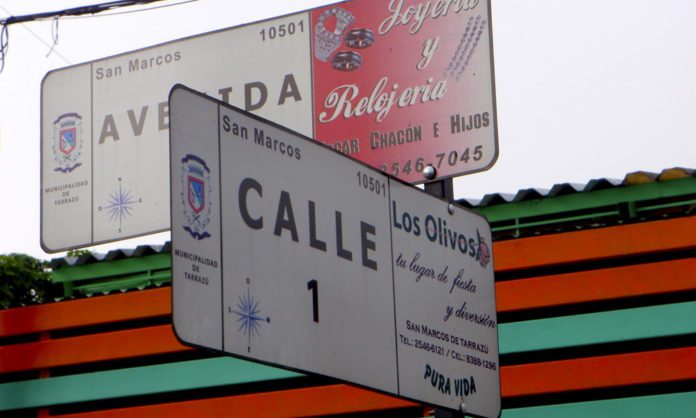
Costa Rica has a very peculiar way of indicating addresses since the streets do not have names or numbers, and neither do the houses. Some may even have them, but there are no plaques or signs and people have become used to giving indications with the help of references, such as “the house that is 500 meters north of the big tree” or “the blue house, south, just after the grocery store”.
In the central areas of the main cities, such as San José, the internal streets are numbered and some corners are signposted, giving some sense of location. But this system, which comes from colonial times, will still take time to be rectified, despite government efforts. Until then, here’s a tip: if you are looking for directions, look for a church, they were all built to be facing west.
3. It contains 5% of the world’s biodiversity

Costa Rica may only represent 0.03% of the world’s territory, but this small land is home to 5% of the world’s biodiversity.
It hosts more than 50 species of hummingbirds and has about 750,000 different species of insects and plants. It is known as the global capital of butterflies, hosting 18% of all varieties of all the types that can be encountered in the world and 66% of all species of Neotropical butterflies. Nearly 90% of Latin American butterfly species have been identified in Costa Rica.
Besides, it boasts more than 1400 different varieties of orchids, to the delight of flower lovers.
So, it is not surprising that more than 25% of its area is dedicated to national parks, reserves, and wildlife refuges. Governments have made efforts to preserve these areas, investing in ecological and sustainable tourism.
4. 99% of electricity is generated by renewable energies
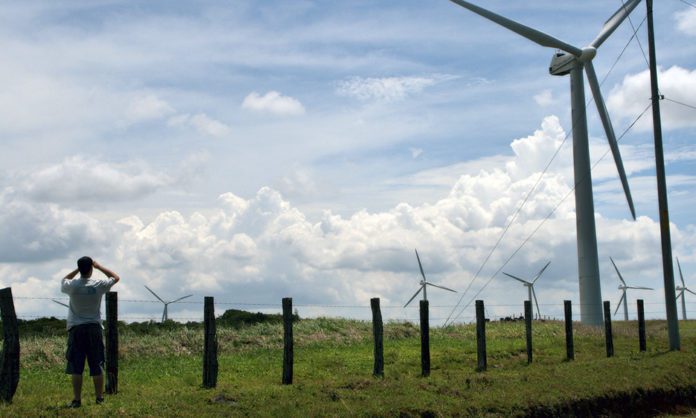
With energy consumption tripling from 1980 to 2009, this Central American nation decided to take advantage of its natural resources and invest in renewable energy, to become the second country in the world to be carbon-neutral by 2021. On top of that, it needs clean electricity to meet the climate target of zero emissions by 2050, side by side with Stockholm (link article Stockholm: the Smart City Brand of Scandinavia).
Thus, governments have invested in all the necessary infrastructure and legislation to enable Costa Rica to produce renewable energy, especially hydroelectric and wind energy. Today, it can already generate 99% of its electricity in a climate-friendly way.
5. The literacy rate is 96%.
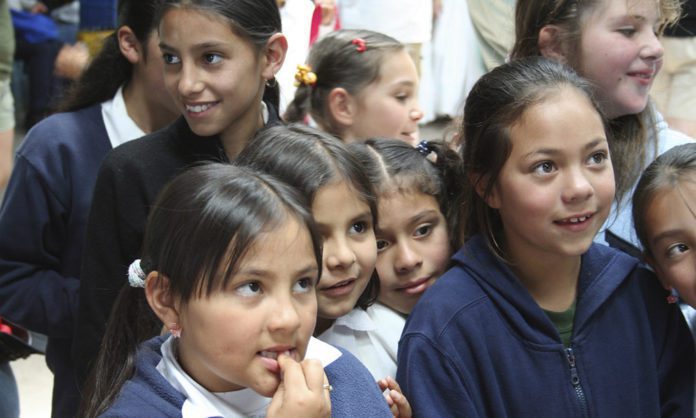
Education has been a priority in Costa Rica, as demonstrated by the fact that it was one of the first countries in the world to make it free and compulsory in 1869. In the last 20 years, it has become one of the most important references in Latin and Central America, achieving a literacy rate of 96%, thanks to their commitment to provide access and quality for all.
Basic and secondary schools can be found in all communities, and public and private education must have the same curricula. Even in rural areas, where the humblest communities have the least access to school, classes are given through the national radio station.




